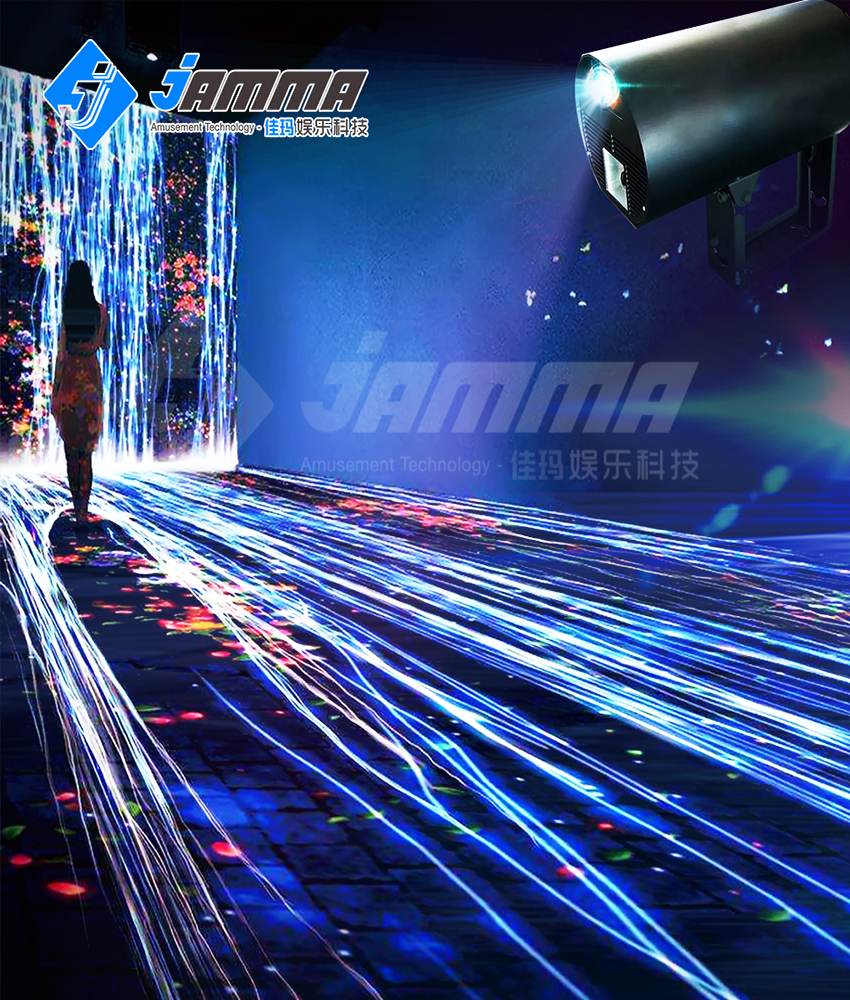Holographic showroom 3D projection equipment and costs
Introduction to holographic showroom 3D projection
A holographic showroom with 3D projection is an innovative and immersive technology-driven concept that combines holography and 3D projection to create a unique and engaging shopping or exhibition experience. It leverages cutting-edge technologies to display products, artwork, or information in a three-dimensional and lifelike manner, transcending traditional flat screens and physical displays.
- Holography: Holography is a technique that records and reproduces three-dimensional images of objects. In a holographic showroom, this technology is used to create realistic and interactive 3D holograms of products or content. Unlike traditional 2D displays, holography provides depth and spatial information, allowing viewers to perceive objects as if they were physically present.
- 3D Projection: To enhance the holographic experience, 3D projection is employed. Advanced projectors project high-resolution images onto a transparent screen or surface, such as glass or specialized film. These projectors create the illusion of depth and movement, making the holograms appear dynamic and lifelike.
- Interactive Interfaces: Holographic showrooms often incorporate interactive interfaces like touchscreens, motion sensors, or gesture recognition systems. These interfaces allow users to interact with and control the holographic content, enabling a personalized and engaging experience. Customers can rotate, zoom, or select products with their gestures or touch, making the shopping or exhibition experience more immersive.
- Virtual Shopping: In the context of retail, holographic showrooms can revolutionize the way customers shop. Shoppers can explore products in 3D, view them from different angles, and even see how they would fit or look in real life. Virtual try-ons for clothing and accessories are a popular application, allowing customers to visualize themselves wearing items before making a purchase decision.
- Art and Entertainment: Holographic showrooms are not limited to retail. They are also used in the art and entertainment industries to showcase artworks, performances, and immersive experiences. Artists can create interactive installations that captivate audiences and blur the lines between the virtual and physical worlds.
- Education and Information: Holographic showrooms can be utilized for educational purposes and information dissemination. Museums, science centers, and educational institutions can use this technology to engage visitors with interactive exhibits, historical recreations, or simulations that provide a deeper understanding of complex subjects.
- Marketing and Branding: Brands and businesses leverage holographic showrooms to create memorable and attention-grabbing marketing campaigns. The immersive nature of holography ensures that their products or messages leave a lasting impression on consumers.
- Future Potential: As technology continues to advance, the possibilities for holographic showrooms are limitless. Augmented reality (AR) and virtual reality (VR) integration can further enhance the immersive experience, allowing users to interact with holograms in a more realistic and sensory-rich environment.

Holographic 3D projection equipment cost components
The cost of setting up a holographic 3D projection system can vary widely depending on several factors, including the size and complexity of the installation, the quality of equipment, and the specific use case. Here are the key cost components to consider when budgeting for holographic 3D projection equipment:
- Holographic Display Technology: The central component of any holographic 3D projection system is the holographic display technology itself. This includes the holographic projection screen or transparent surface, which can come in various sizes and materials. The cost of this element can range from hundreds to thousands of dollars, depending on the size and quality of the screen.
- 3D Projection Equipment: High-quality 3D projectors are essential for creating realistic and vibrant holographic images. The cost of projectors varies significantly depending on factors like resolution, brightness, and features. A single high-end 3D projector can cost anywhere from a few thousand to tens of thousands of dollars.
- Interactive Interfaces: If your holographic showroom requires interactive elements, you’ll need to invest in the necessary technology. This might include touchscreens, motion sensors, gesture recognition cameras, or specialized controllers. The cost of interactive interfaces can vary widely depending on the complexity and type of interaction you want to provide.
- Content Creation and Software: Creating 3D holographic content and the software to run the system is another cost factor. This includes 3D modeling and animation software, as well as custom software development for interactive features. The cost of content creation and software development will depend on the complexity and scope of your project.
- Mounting and Installation: Proper installation and mounting of the holographic projection equipment are critical for the system’s performance. Costs for installation may include labor, mounting hardware, and any necessary structural modifications to accommodate the equipment. Installation costs can vary significantly depending on the complexity of the setup and the location.
- Maintenance and Support: Ongoing maintenance and technical support are essential to keep the system running smoothly. You may need to budget for regular maintenance, software updates, and technical support contracts, which can add to the overall cost of ownership.
- Additional Hardware: Depending on your specific requirements, you may need additional hardware components such as audio systems, tracking devices, or specialized lighting equipment. These can add to the overall cost.
- Space and Venue Costs: The physical location of your holographic showroom may also contribute to the cost. Renting or building a dedicated space, interior design, and any necessary permits or licenses should be factored into the budget.
- Training and Staffing: Training your staff to operate and maintain the holographic 3D projection system is important. Budget for training expenses, or consider hiring specialized personnel if needed.
- Miscellaneous Costs: Don’t forget to account for miscellaneous expenses such as cabling, power management, and insurance.
Is 3D holographic projection possible?
Yes, 3D holographic projection is possible, and it has been achieved using various techniques and technologies. While it may not be exactly like the holographic projections seen in science fiction movies, it can create convincing three-dimensional visual displays that appear to float in mid-air or occupy a defined space.


